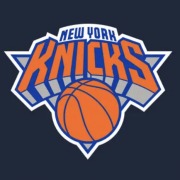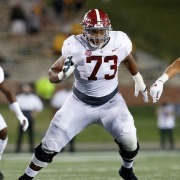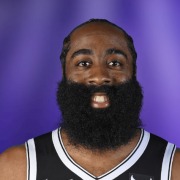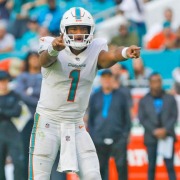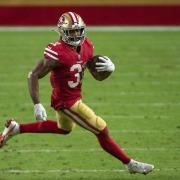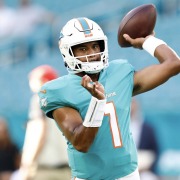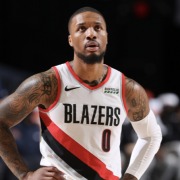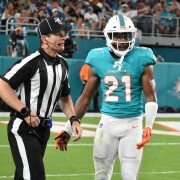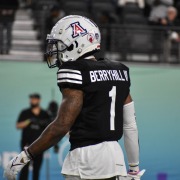Mateo’s Hoops Diary: Knicks Back to Their Sad Normal
Knickstape is dead. Everyday it gets clearer, what New York did last year was an outlier in their machine of everlasting mediocrity. As always, there’s not that many fingers to blame, but this time, the head coach is responsible for most of the friction.
For all of the Knicks personnel, it’s a good thing the All-Star break rolled around because now all the important figures can take this time to recalibrate and possibly look in the mirror. Tensions must be high. The last 11 days before their early spring break featured three losses after being up at least 20 points.
The first meltdown came after New York had a 21-point advantage on Feb. 5 at Crypto.com Arena. A week later in Portland, the Knicks took a loss, getting blitzed in the last 17 minutes of the game, dropping their 23-point lead in a 56-24 scoring run. Then on Wednesday, the Knicks started their vacation early, giving up a difference of 28 points to the Nets in a defeat.
That’s some coaching. Judging by the body language of some of the players, it wouldn’t be a surprise if their instructor’s style and schemes were falling on deaf ears.
By the looks of it, Thibs is not an easy dude to be around. For those that haven’t seen him on the sidelines, whenever you inflict pain on your eyes catching Knicks ball, look for the guy pacing back and forth in front of the New York bench trying to break the record for most profanity spewed in 48 minutes. It usually comes after a defensive breakdown or what Thibs perceives as a missed call by the refs.
****
Loading...
****
Maybe the angry drill sergeant approach works when a club is winning at a high volume (other reasons for success should still be identified with this approach), but it sure doesn’t for this Knicks team. Some could say it was successful for Thibs in his first season with the group (2021), but I would point back to that being a deviation from the norm in part because of how the roster is assembled.
Thibodeau’s approach to coaching often involves yelling at his players in front of a packed house or demonstrably showing his displeasure by flailing his arms. For example, late in the loss to the Nets on Wednesday, the Knicks left Seth Curry unattended in the right corner and failed to close out on his shot that converted in front of the Knicks bench. Thibs could be seen waving his arms and verbally lashing out, close enough for his troops to hear as Curry slowly retreated.
Getting yelled at is verbally abusive and humiliating. Thibs’ methods of verbal feedback are antiquated and likely a reason the Knicks look no different than what they did before they hired him.
Aside from being a grouch, ten years gone and still Thibs hasn’t learned from mistakes he made what seems like a lifetime ago. It’ll be a decade this April since Derrick Rose blew out his knee in a game that was decided. Then, when the current Knickerbockers (Thibs, Rose) repped the Bulls, Chicago was up 12 with 1:24 left in the game.
If I’m not mistaken, in 2012, Rose didn’t play in 17 of the last 25 regular season games because he was nursing a groin injury. The last few nights the windy city assassin suited up for before missing almost a month, he was averaging 38 minutes.
When Rose came back, it was for a game against the Knicks at MSG. Thibs wasted no time scrapping a minutes restriction and played his reigning MVP just shy of 39 minutes in a one-point loss.
Twenty days later, in Game 1 of round 1 of Philadelphia-Chicago, Rose tore his ACL. I’m not pretending to be a physician, or intending to say that heavy minutes caused the injury. But I will say, it’s Thibs’ fault it happened. Keeping a pivotal player on the floor during garbage time is sinful. Rose paid the price for his coach and never got to where his career should have taken him.
Then on Feb. 8, history repeated itself under Thibs’ watch in Denver. With less than a minute to go in a match the Knicks had no chance of winning, RJ Barrett hurt his ankle stepping on Davon Reed’s foot. Barrett limped off the court and missed the next four games. He’s expected to be back after the week-long All-Star break, but his injury is another strike on Thibs’ rap sheet.
Life in the NBA comes at you fast. Awards like coach of the year don’t guarantee job security. The only thing that does temporarily is a consistent winning record. So far, past the midway point of his second season in New York, Thibs’ record sits at 67-69. Unless he wants to end up in the graveyard of the 12 other instructors the Knicks have had since canning Jeff Van Gundy, his outfit will at least have to make the play-in tournament.
